During my visit to Tokugawaen Garden, I decided to stop by the Tokugawa Art Museum, which is located right next to it. I’m so glad I did — it turned out to be one of the most fascinating museums I’ve visited in Nagoya.
The museum opened in 1935 and displays the treasured heirlooms of the Owari Tokugawa family, one of the three main branches of the Tokugawa clan that ruled Japan during the Edo period. The collection also includes valuable items purchased from other feudal lords’ estates and generous donations from wealthy merchants in Nagoya.
Admission and Rules
The entrance fee is 1,600 yen for adults, which may seem expensive at first, but I honestly think it’s worth every yen. Before entering, make sure to check the museum’s rules: photography is allowed, but no flash, no videos, and no commemorative (posed) photos are permitted.
There’s also a small souvenir shop near the entrance, perfect for picking up elegant gifts or Tokugawa-themed keepsakes.
Highlights of the Exhibition
Several exhibits left a deep impression on me, especially these:
Wakizashi by Kotetsu Okisato
This short sword was commissioned by the third lord of the Owari domain, Tokugawa Tsunanari, in 1667. It was crafted by Kotetsu, one of the most legendary swordsmiths of early Edo Japan. The blade’s craftsmanship and graceful curvature are simply stunning.
Tachi by Mitsutada
This long sword was made by Mitsutada, founder of the famous Bizen Osafune school. It was passed down from Kato Kiyomasa — a warlord born in Aichi — to Tokugawa Ieyasu, the first shogun of the Edo Shogunate, and then to Tokugawa Yoshinao, the first lord of the Owari domain. This single sword connects the history of two of Aichi’s most important samurai figures.
Tiger Skulls from the Korean Campaign
These are the skulls of two tigers captured by Kato Kiyomasa during Japan’s invasions of the Korean Peninsula in the late 16th century. They are preserved with a layer of lacquer to protect them from decay. Amazingly, the teeth remain perfectly intact after more than 400 years.
Final Thoughts
The Tokugawa Art Museum offers a rare opportunity to see authentic samurai artifacts and feel the legacy of Japan’s feudal past up close. If you’re visiting Tokugawaen Garden, I highly recommend adding this museum to your itinerary — it’s a true treasure house of history in the heart of Nagoya.
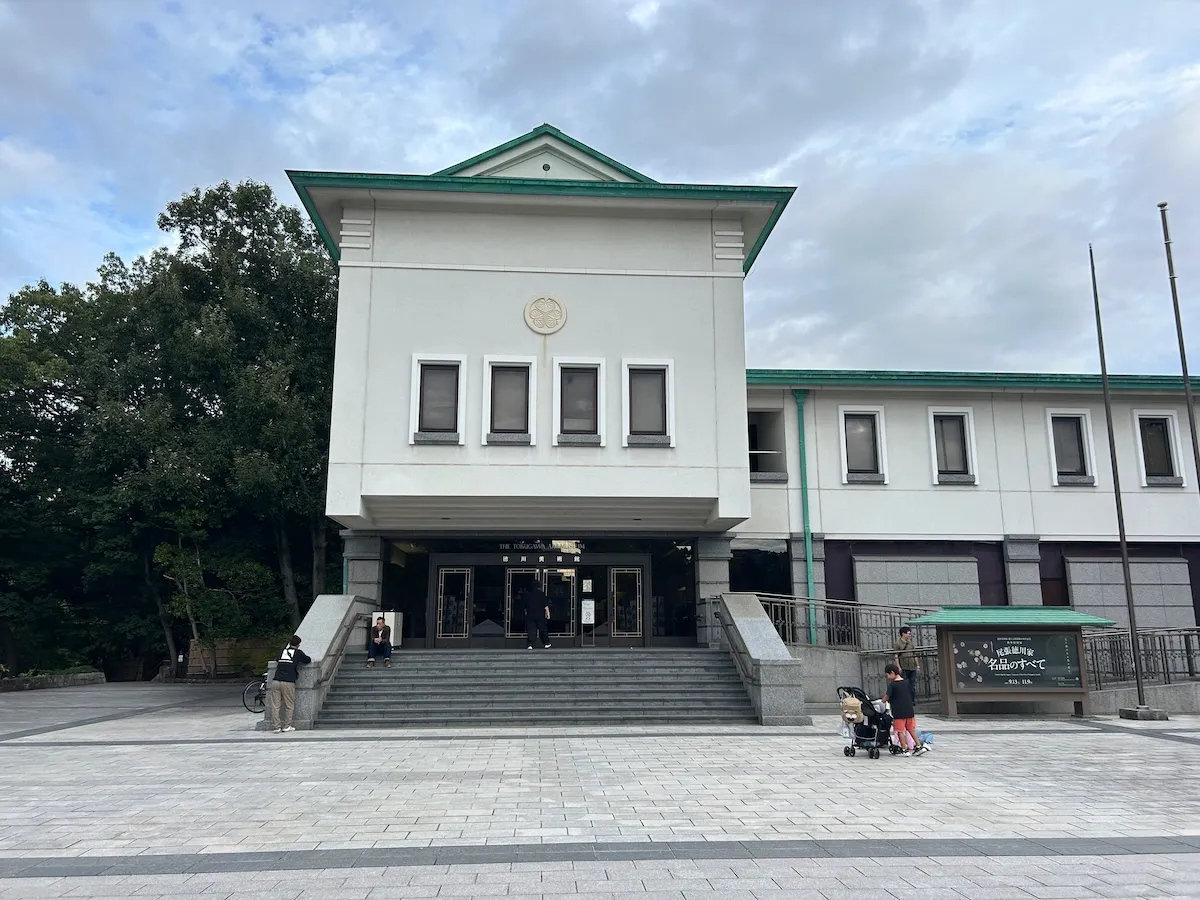

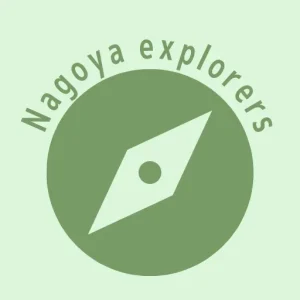
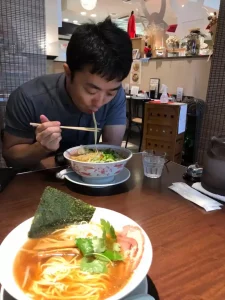

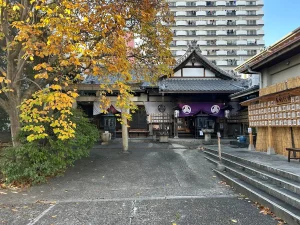

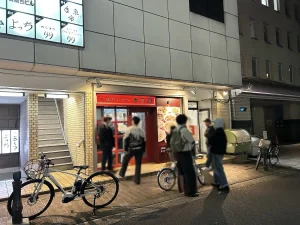

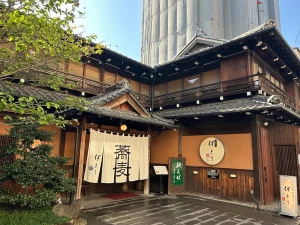

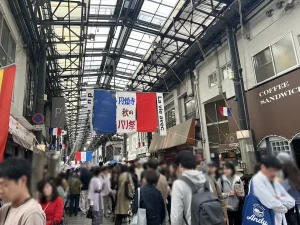

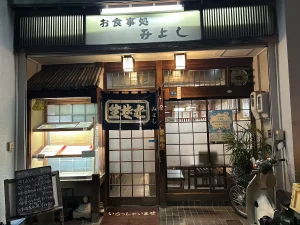

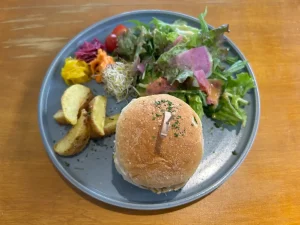

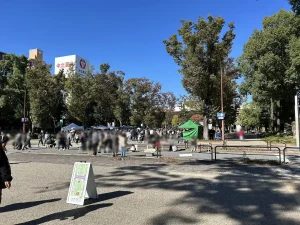

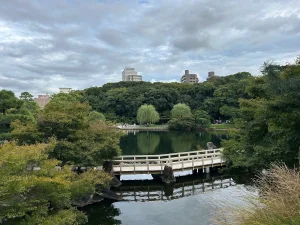

LEAVE A REPLY